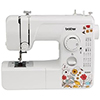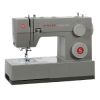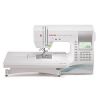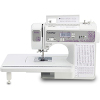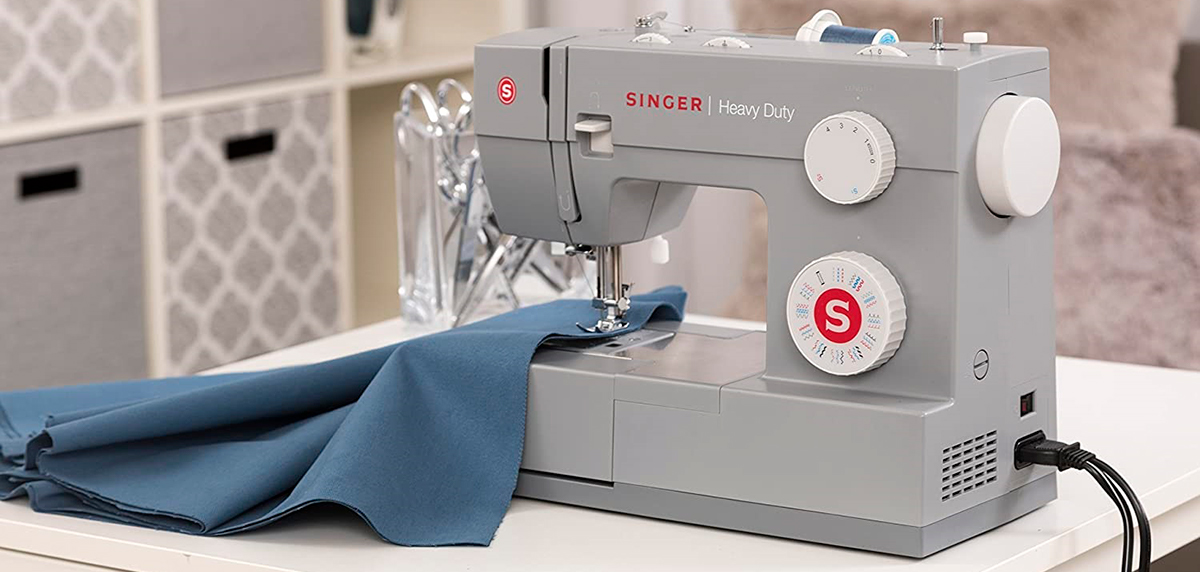
The best sewing machine under 200 dollars is a wise solution for newbies and those who already sew at home for a long time already. The chart of products below presents entry-level high-quality models with many useful options to master the art of sewing effortlessly, improve skills, handling repairs, and creating various items from baby clothes to quilts.
Reviews of Sewing Machines under $200
Brother XM2701

This mechanical appliance hit the market with plenty of unique seam patterns and a 6-part feed dog to make 800 stitches for a minute (SPM). This device has 27 designs onboard, including those for processing edges, knitted materials, decorative elements, and the most straightforward embroidery. Besides, it lets the thread go through the needle without the user’s interference. The maker released the unit for household small and medium projects by engineering it simply in use for newbies. The item features comprehensive video instructions that help make fast settings.
The foot pedal allows regulating speed. The unit is powerful enough to do an excellent job with fleece and other thick textiles, going through 3 layers of denim with a dedicated needle. Three knobs on this model calibrate tension, stitch length, and width. Besides, the knob in the middle allows changing the needle’s position horizontally, shifting it either to the left or right. The appliance has a free arm to ensure the convenient handling of sleeves or cuffs. Moving backward, the unit makes slower stitches than when the presser foot runs forward.
The cover is durable, as it is made of hard plastic. The LED bulb is bright enough but still needs extra light to work in low-light conditions. It has a one-step buttonhole setting to make holes up to 1 inch. The appliance is packed with a standard needle, three top drop-in bobbins, plus another one installed. The package contains zipper, zigzag, narrow hem, buttonhole, button sewing, and blind stitch feet.
Pros
- The seams are accurate and even.
- The appliance doesn’t need oiling.
- The feet replacement is easy.
Cons
- There is no opportunity to use the unit without a foot pedal.
- The spool pin is made of plastic.
- The thread cutter could be sharper.
Brother CS5055

This unit might become the best sewing machine under 200 dollars among electronic models for newbies and skillful users. It features 60 patterns for a rich diversity of projects, including embroidery and 7 one-step auto-adjustable buttonholes. A 7-part feed dog moves fast enough to make up to 850 stitches for a single minute.
The unit has a lever to get a needle threaded and the drop-in bobbin that sits tightly in its place. The appliance lacks automatic tension adjustments, but it’s typical for such entry-level products. So, the tension is manually regulated; that’s why it would be wise to test stitching on a scrap.
The unit copes with denim, velvet, thin leather, and lightweight upholstery tissue. It has a reverse function but only to strengthen the seam. The Brother’s speed depends on the pressure the user applies to a presser foot. It’s possible to vary the stitch’s width and length by pressing relevant buttons near the display that also shows the recommended presser foot.
This device is small (16.26 x 6.65 x 12.21 inches) and lightweight (13.87 pounds). It is made with a convenient handle. The unit’s metal-frame construction makes it extremely durable, and a thoroughly fixed needle bar prevents the needle from the slightest fluctuations to ensure clean and even seams. The enhanced workplace’s width from needle to arm makes it possible to handle more diverse projects.
Pros
- This model operates relatively quietly.
- It’s possible to make the needle stop in the up position.
- As the unit pulls thread up, there is no need to waste time on manual threading.
Cons
- There is no casing in the package.
- The LED light is dim.
- The symbols on the screen are hard to read since it has no backlight.
Brother HC1850

This model from Brother is one of the best sewing machines under $200, pleasing its users with 850 SPM, 185 stitch designs, including 55 patterns to create letters and numbers, plus 8 designs for buttonholes. The latter also features auto-adjustable sizes. So many various options and extended workplace allows using this model for quilting. However, I wouldn’t recommend getting carried away by sewing several layers of tissue or too thick fabrics to prevent needle and plastic gears’ damages.
The unit makes precise and even seams without skipping a stitch on thin and medium fabrics after regulating the needle’s height. It's easy to fix the needle up or down via a push of a button. The device is operating smoothly, without sharp swings of speed and tension. The unit matches beginners that strive to master different techniques effortlessly. For example, all presser feet in the package are labeled with letters that are also visible on the screen to let us know about which foot is relevant for a particular stitch.
The machine is fitted with a free arm to handle sleeves. A legible backlit LCD display indicates such parameters as stitches’ length, width, style, and an appropriate presser foot. There is a dedicated button to select the necessary measurement. A selector on the left allows choosing one of three preset speeds. The tension settings are at the top of the appliance. Instead of standard incandescent lamps with yellow light, the device has white light to illuminate the work area. The device can boast plenty of accessories: a table extender, 7 presser feet for different purposes, including a button and the spring-loaded quilting feet.
Pros
- It has an optional foot-pedal control if the user prefers to manually regulate speed.
- The unit handles stretchy tissues flawlessly.
- The automatic needle threading and bobbin winding.
Cons
- The power cord falls out from time to time.
- The device outputs a knocking noise when it processes thicker areas.
- Only the simplest monogramming is possible.
Singer 4423
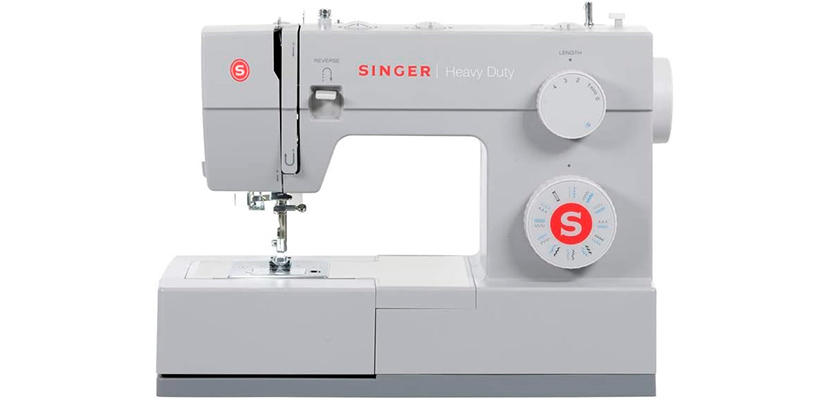
On the look-out for the best sewing machine under 200 dollars, check out the Singer 4423. a mechanical model with an impressive speed of 1,100 SPM and the opportunity of auto-threading. The powerful motor allows the unit to easily handle thick textile (lightweight canvas, denim, fleece, upholstery, etc.). The device makes completely straight seams irrespective of the material and its layers’ number. It is stable and doesn’t vibrate even at its peak power and speed.
The appliance can cope with quilting, but the dedicated presser foot is not in the package. While joining multiple layers, it’s critical to regulate the stitch length and install a ballpoint needle. The unit can go in reverse, but it’s necessary to hold the lever down manually. Bobbin winding is straightforward: slide to the right after threading and start working. The LED light illuminates the work area enough to dispense with additional lighting sources.
The unit comes in a thin plastic cover. It has metal interior and stainless-steel bed frames. A slider on its back adjusts feed dogs. Three labeled dials on the top calibrate the stitch width, thread tension, and needle position. The dial to adjust the stitch length is in the front. Another dial on the front panel helps choose a pattern. There are blue-colored and black-colored marks on the dial to identify a stretch and basic stitches, respectively. A multi-functional, buttonhole, button sewing, and zipper feet are in the package.
Pros
- The device has a horizontal spool pin with a holder.
- Press feet are easy to change due to a straightforward lever.
Cons
- Only one buttonhole is onboard.
- Pressing the foot pedal, the machine runs too fast instead of a smooth start.
Singer Start 130
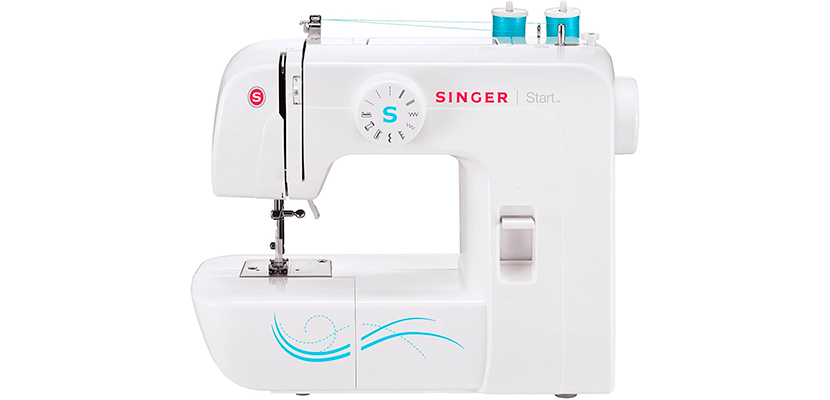
The Singer Start 1304 is among the top-rated sewing machines under $200 for novices, coming to retailers with 6 primary stitch designs of 3 optional lengths and up to 5-millimeter width, free arm, and a full set of extras, including needles, bobbins, and three feet. The device is one of the most portable units in this price segment, having dimensions of 13 x 7 x 11.5 inches and a weight of 9.8 pounds.
The device can handle denim and other thick cloth in a single layer, using heavy-duty needles, versatile feet, and choosing the longest straight stitch design. It’s suitable for making only small quilts because its arm is too short for major projects. Generally, the item is manufactured for simple textiles or occasional clothes repair with such limited opportunities and a modest speed of 400 STP.
This product is made of plastic but features a full-metal frame to ensure its durability. There is a reverse lever on the front panel and the light above the needle area. There is also a large round knob at the top front to choose the necessary pattern. A sharp thread-cutter is on the left. The unit has an outdated front-load bobbin system instead of a modern drop-in mechanism. However, the diagrams on the top show step-by-step how to run the thread.
Pros
- The lever for raising and lowering the presser foot is straightforward to manage with a finger.
- The machine goes smoothly without intermittences.
Cons
- Thread jams happen sometimes.
- There is no slider in this model to move it, making the unit go slower. So, it’s necessary to do it by pressing the pedal. The problem is that the unit goes too sharply and fast from start, even at the slightest pressure on that pedal.
Janome 2212
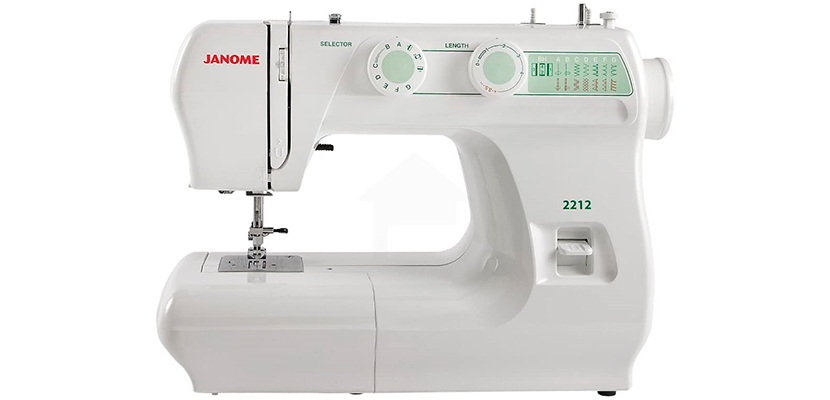
Thinking about the opportunity to purchase the best sewing machine under $200 for various home projects, consider this mechanical device with its high presser foot lift great for quilting and creating other multi-layered items. The powerful motor and a 5-piece feed dog push the fabric under the needle, turning cumbersome quilting into an easy and fast process.
At the same time, the device handles silk and other thin and delicate fabrics hassle-free. The unit has 12 preset stitch patterns and a free arm for processing with such parts as sleeves, collars, etc.
This appliance performs flawlessly with 850 SPM, meaning no pulling, stuck needles, tension issues, or great noise. Note that like many other basic models, this one has no speed control, making the user regulate the pressure of the foot pedal to make the appliance go slower or faster.
There are two dials on the front panel. The left dial serves to pick an appropriate stitch pattern, while the right one adjusts its length. The reverse lever is at the bottom left.
Pros
- The unit goes back seamlessly, even over several layers of cloth.
- The working area is wide.
Cons
- The 4-stage buttonhole works for the non-stretch textile only.
- It’s not possible to manually turn a light bulb on or off since it is always on by default when the unit is powered up.
Buyers Guide
Reasons to Buy the Best Sewing Machine Under $200
The manufacturers of top-rated sewing machines under $200 usually engineer them for home use. They fit both beginners and skilled handymen, having a decent number of options to cover a diversity of projects, including quilting, basic embroidery, and, sometimes, monogramming.
High-end and industrial machines come with plenty of specs that home masters will hardly need. There is nothing wrong if a particular appliance comes with several stitch designs since they are quite enough to create clothes from various fabrics, including such capricious materials as silk or denim. Besides, most devices are small-sized that allows carrying them to classes.
Budget-friendly items don’t need maintenance since they come off the line already lubricated. All the users need is oil them whenever necessary. The entry-level models don’t require a complicated and time-consuming setup. They rarely go faster than 1,000 stitches per minute that makes them convenient for aspiring masters.
Features You Can Get Buying Sewing Machine Under $200
The best sewing machine under $200 should meet the home user’s requirements for their everyday use. That’s why the following options are essential:
- An automatic needle threader provides effortless threading.
- The opportunity to run the machine faster or slower depending on the project’s nuances and textile properties.
- Soft start while pressing the foot pedal allows avoiding crooked stitches and other troubles.
- Top drop-in bobbin contributes to better stitch quality and easy threading.
- The metal inner frame provides the machine’s durability and long service life.
- Understandable symbols on dials let the sewer sort out stitch designs and use them accurately.
- A legible screen helps see all the adjustments.
- Bright light is necessary to illuminate the working area well.
- The number of accessories is critical to saving money on buying extra feet, bobbins, and needles, at least at first.
- Portability and convenient handle are crucial to carrying the machine around.
Built-in Stitches
The number of stitch designs is not as crucial as their types. In other words, patterns should include multi-purpose straight, reverse, and zigzag designs. Here are more patterns to consider:
- Satin stitch is important to finish edges or attach appliques.
- Using elastic fabrics, no one can dispense with a stretch stitch pattern.
- Buttonhole stitch is necessary to sew neat and nice buttonholes.
- Overlock (over-edge) stitch allows the user to hold off on buying an overlock machine.
- Some decorative stitches help create interesting effects on the projects.
Automatic Features
More options that are automatic mean easier sewing and more projects per unit time. Besides, such an option as an automatic needle threader makes sewing more convenient for people with poor eyesight.
The beginners don’t have to make multiple settings and adjustments. Moreover, some features influence the sewing quality. For example, automatic bobbin winding saves stable thread tension. However, if the machine lacks this useful option, it’s always possible to attach an external automatic bobbin winder.
Single Purpose or Combined
Entry-level models are designed as single-purpose or multi-functional devices. The first units can do basic sewing or focus on specific projects (sewing of thick fabrics, for example). Combined appliances are suitable for sewing, quilting, monogramming, and embroidery.
However, it doesn’t mean that the units will do their job for all types of projects. For example, according to most products’ manuals, all of them can quilt. It’s true, but some machines have more convenient options for this purpose, meaning wide working space, the high distance between the needle in the up position and the plate, dedicated feet, and extension table.
The Controls
The main controls are necessary to adjust speed, stitch length, and choose an appropriate stitch pattern even on the best sewing machines under $200. Some models have dials while the others feature push buttons. The choice depends on the user’s preference since both ways to manage the sewing process are equally convenient. It would be great to have a backlit screen on the front panel to monitor the adjustments.
Some models have a slider to control the appliance’s speed. At the same time, many budget units allow for foot pedal control that might be challenging for novices.
-
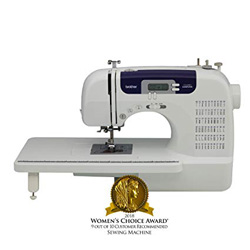
Brother CS6000i
- Brother
- | 200
- 7886
-

Singer Heavy Duty 4411
- Singer
- | 200
- 1775
-
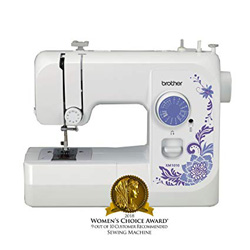
Brother XM1010
- Brother
- | 200
- 105
-
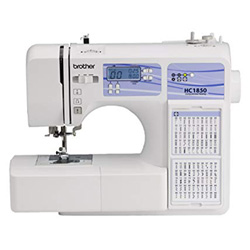
Brother HC1850
- Brother
- | 200
- 972
-

Singer Heavy Duty 4432
- Singer
- | 200
- 1108
-
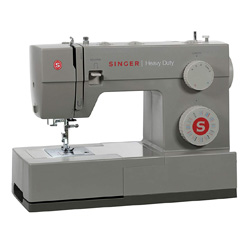
Singer Heavy Duty 4452
- Singer
- | 200
- 314
-
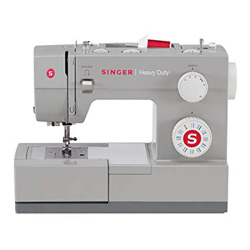
Singer Heavy Duty 4423
- Singer
- | 200
- 3369
-

Singer Tradition 2277
- Singer
- | 100
- 899
-
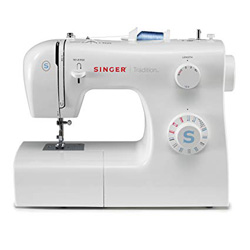
Singer Tradition 2259
- Singer
- | 100
- 899
-

Brother ST371HD
- Brother
- | 200
- 159
-
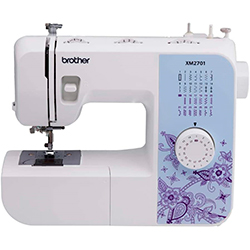
Brother XM2701
- Brother
- | 100
-

Singer Start 1304
- Singer
- | 200
-

Janome 2212
- Janome
- | 200
-
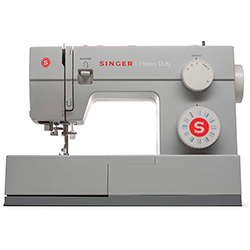
Singer Heavy Duty 44S
- Singer
- | 200
-
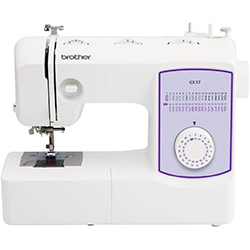
Brother GX37
- Brother
- | 100
-
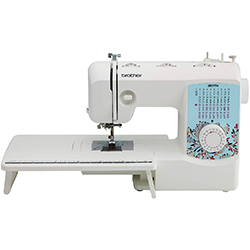
Brother XR3774
- Brother
- | 200
-
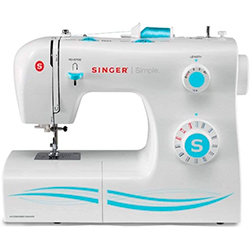
Singer Simple 2263
- Singer
- | 200
-
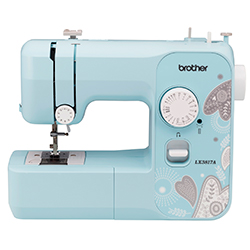
Brother LX3817A
- Brother
- | 200
-
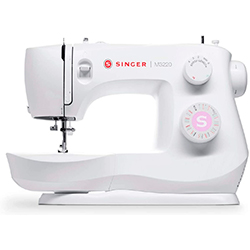
Singer M3220
- Singer
- | 200
-
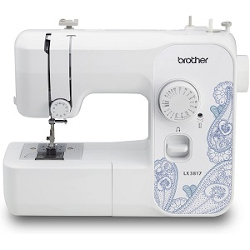
Brother lx3817
- Brother
- | 80
-
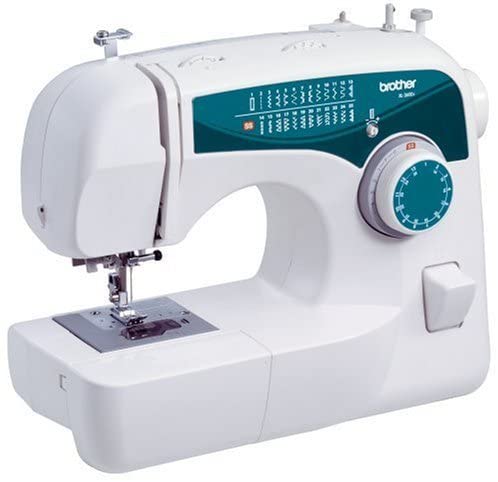
Brother xl 2600
- Brother
- | 200
-
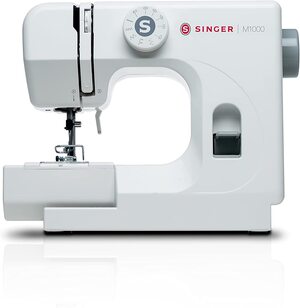
Singer m1000
- Singer
- | 90
-

Brother se425
- Brother
- | 200
-
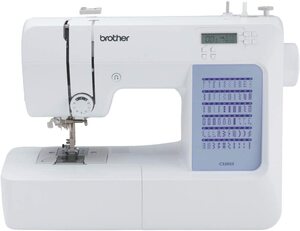
Brother cs5055
- Brother
- | 200
-
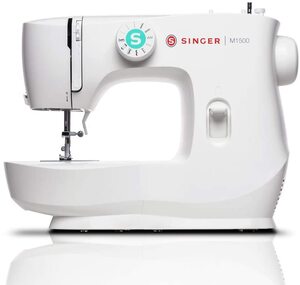
Singer m1500
- Singer
- | 200
-

Singer mx60
- Singer
- | 200
-

Singer 3232
- Singer
- | 200
-
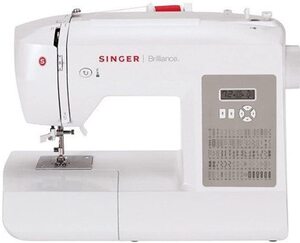
Singer brilliance 6180
- Singer
- | 200
-
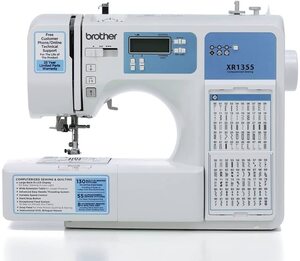
Brother xr1355
- Brother
- | 200
-
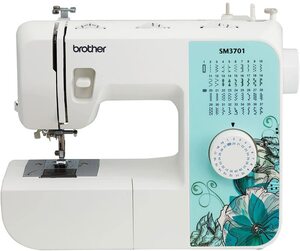
Brother sm3701
- Brother
- | 200
-
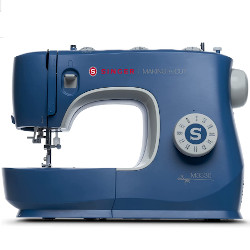
Singer m3330
- Singer
- | 200
-

Singer 5560
- Singer
- | 200
-

Brother cp60x
- Brother
- | 200
-
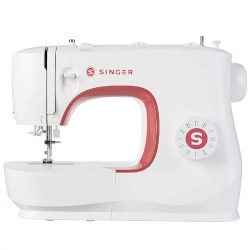
Singer mx231
- Singer
- | 200
-
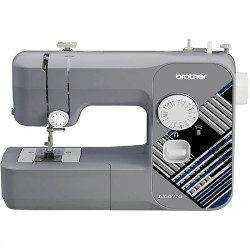
Brother rlx3817g
- Brother
- | 100
-
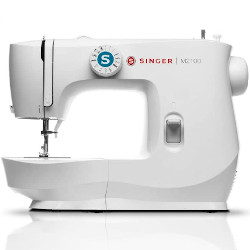
Singer m2100
- Singer
- | 200
-

Janome New Home Blue
- Janome
- | 200
-

Janome MOD-19
- Janome
- | 200
-
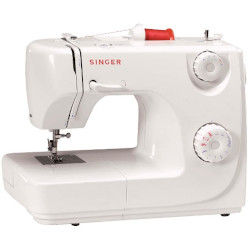
Singer 8280
- Singer
- | 200
-
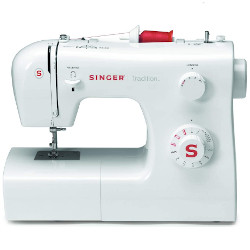
Singer Tradition 2250
- Singer
- | 200
-
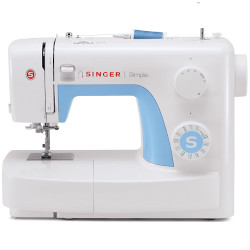
Singer Simple 3221
- Singer
- | 200
-
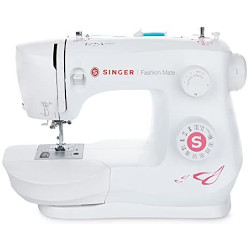
Singer Fashion mate 3333
- Singer
- | 200
-
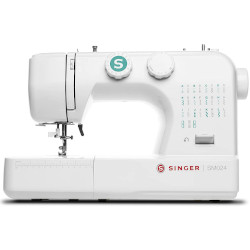
Singer sm024
- Singer
- | 200
-

Brother sm1400
- Brother
- | 200
-

Brother sm1704
- Brother
- | 200
-
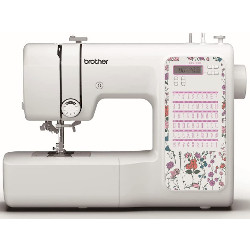
Brother cp2160r
- Brother
- | 200
-

Singer m3500
- Singer
- | 200
-
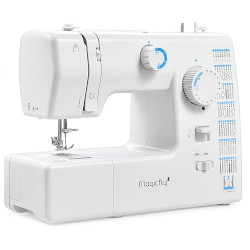
Magicfly 59 stitches
- Magicfly
- | 200
-

Brother xm3700
- Brother
- | 200
-
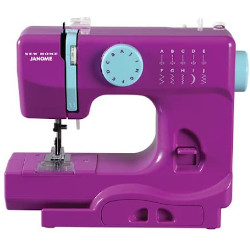
Janome 001Thunder
- Janome
- | 200
-
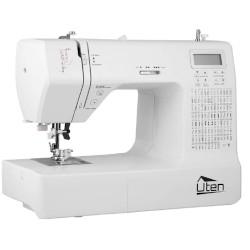
Uten 2685a
- Uten
- | 200
-

Janome Hello Kitty (kt-35)
- Janome
- | 200
-
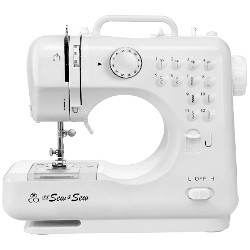
Michley lss-505+
- Michley
- | 80
-
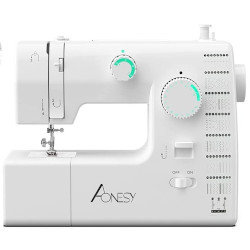
Aonesy sewing machine (59 Stitches)
- Aonesy
- | 80
-

American Home ah700
- American Home
- | 200
-

American Home ah600
- American Home
- | 200
-
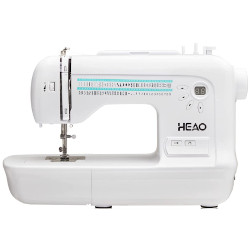
HEAO 58ylj-sm-787
- HEAO
- | 200
-
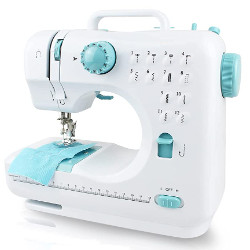
Domaier SK020473B
- Domaier
- | 90
-
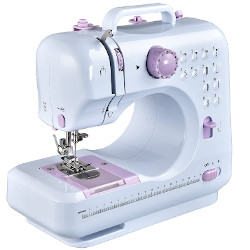
AW SWM000001
- AW
- | 100
-
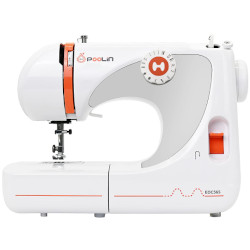
Poolin EOC565
- Poolin
- | 100
-

Bruxel Linda
- Bruxel
- | 200
-

Sunbeam SB1818
- Sunbeam
- | 80
-
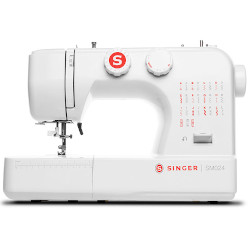
Singer SM024-GN
- Singer
- | 200
-
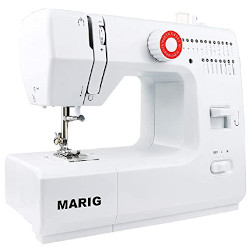
MARIG FHSM-618
- MARIG
- | 200
-

Brother LX2763
- Brother
- | 200
-

Brother XR 3140
- Brother
- | 200
-

Singer 01664
- Singer
- | 40
-
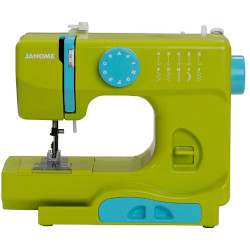
Janome 001PUNCH
- Janome
- | 40
-

Singer 01774
- Singer
- | 40
-

Singer 01663
- Singer
- | 20
-
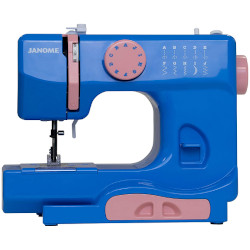
Janome 001BUBBLE
- Janome
- | 80
-

Luby JG-1602
- Luby
- | 60
-

WAYA KP505
- WAYA
- | 80
-
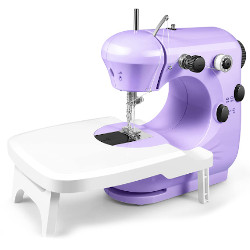
BreadPeal 301A
- BreadPeal
- | 40
-

LooQoo White1
- LooQoo
- | 20
-

ArtLak Pink
- ArtLak
- | 70
-
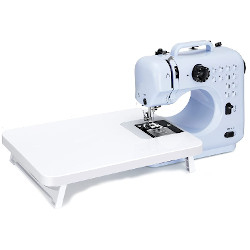
Magicfly MF5506
- Magicfly
- | 80
-
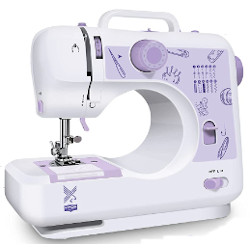
KPCB Tech KP505-New
- KPCB Tech
- | 70
-
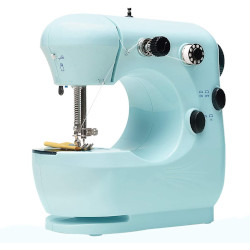
DAPRIL JYSM-301
- DAPRIL
- | 40
-
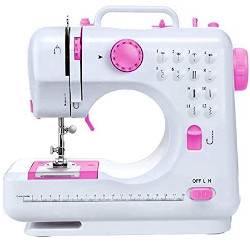
NANANARDOSO Mini Sewing Machine
- NANANARDOSO
- | 60
-

Best Choice Products SKY6104
- Best Choice Products
- | 70
Popular sewing machine comparisons








